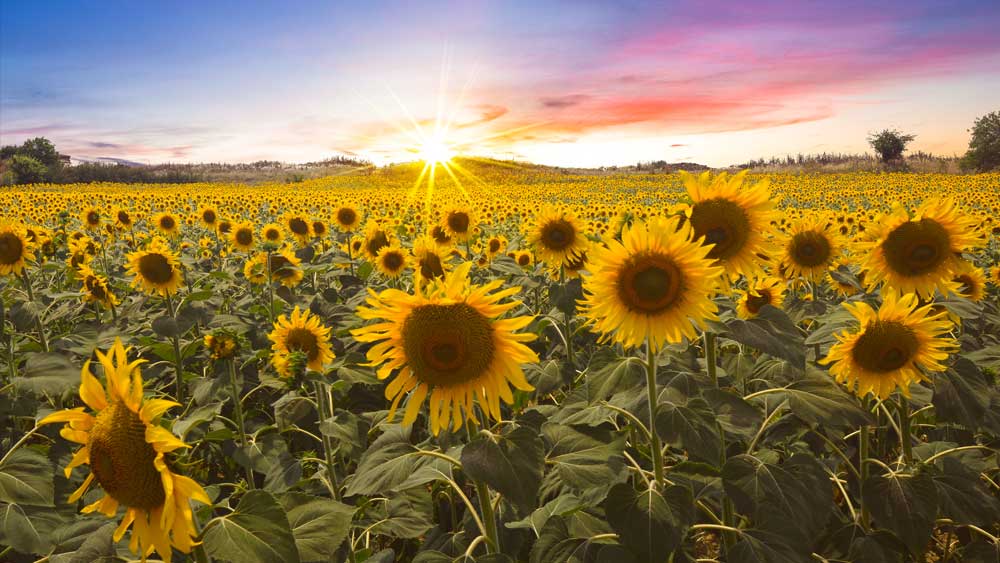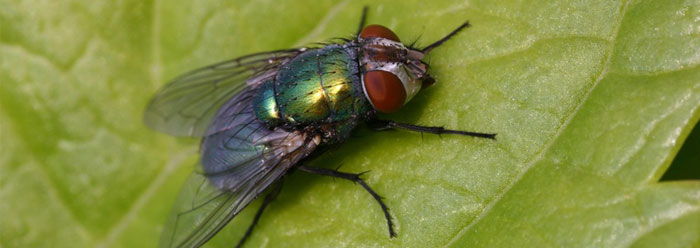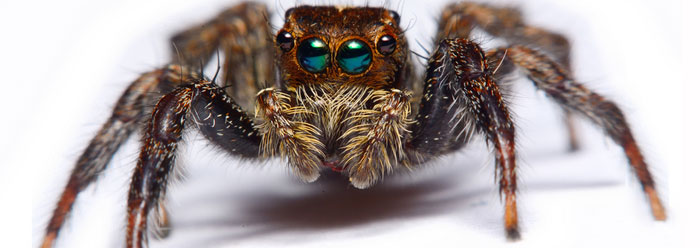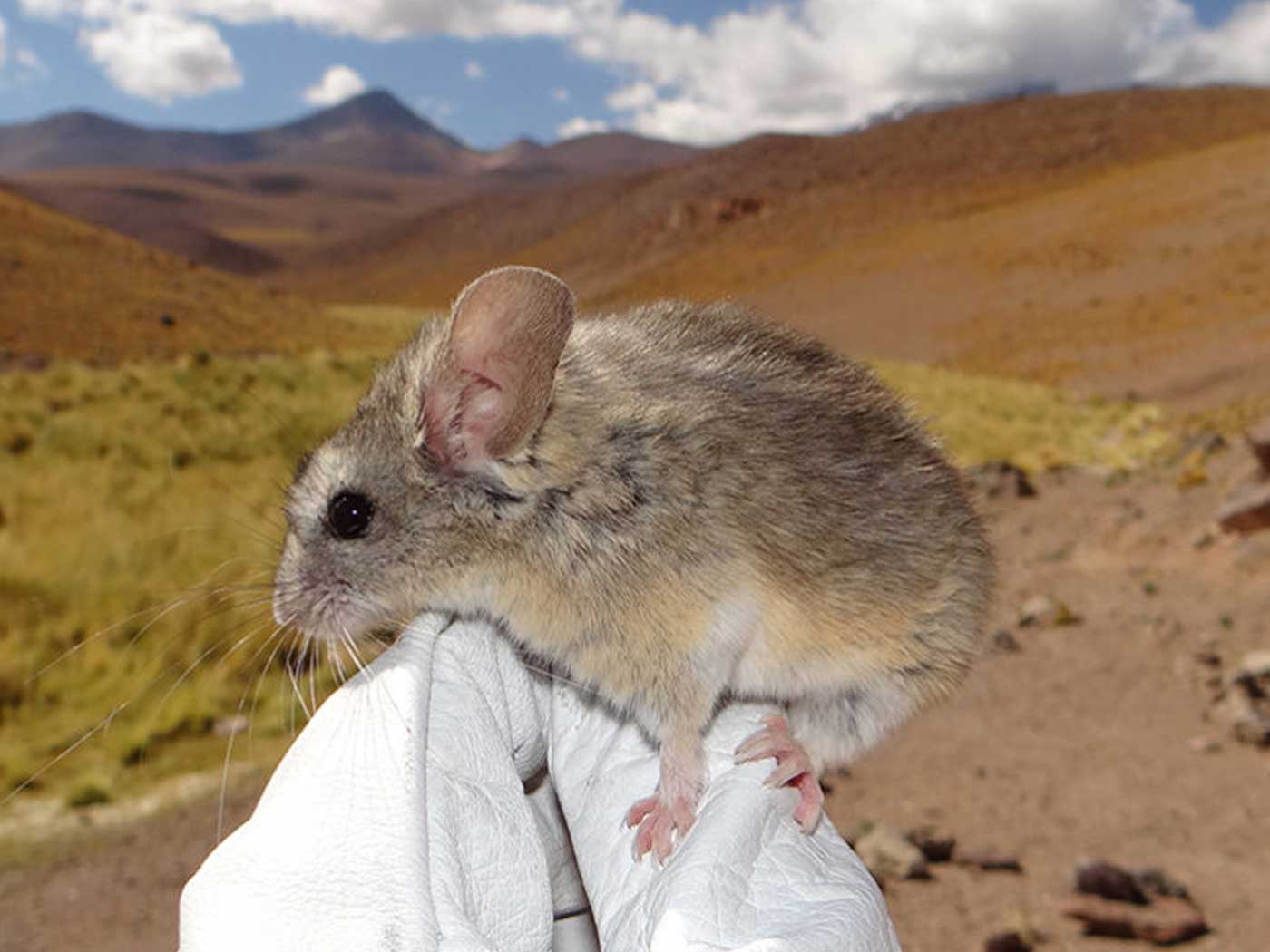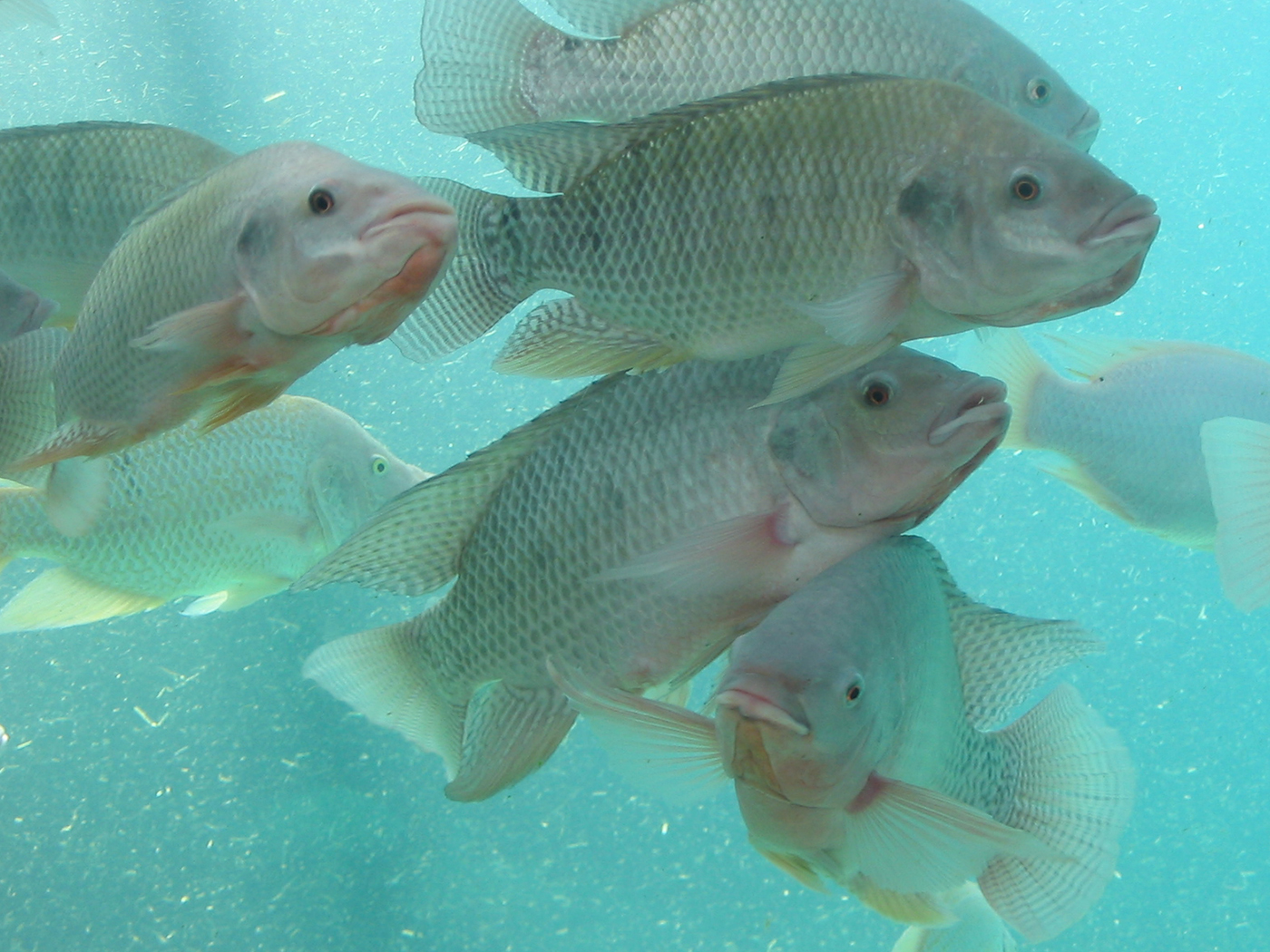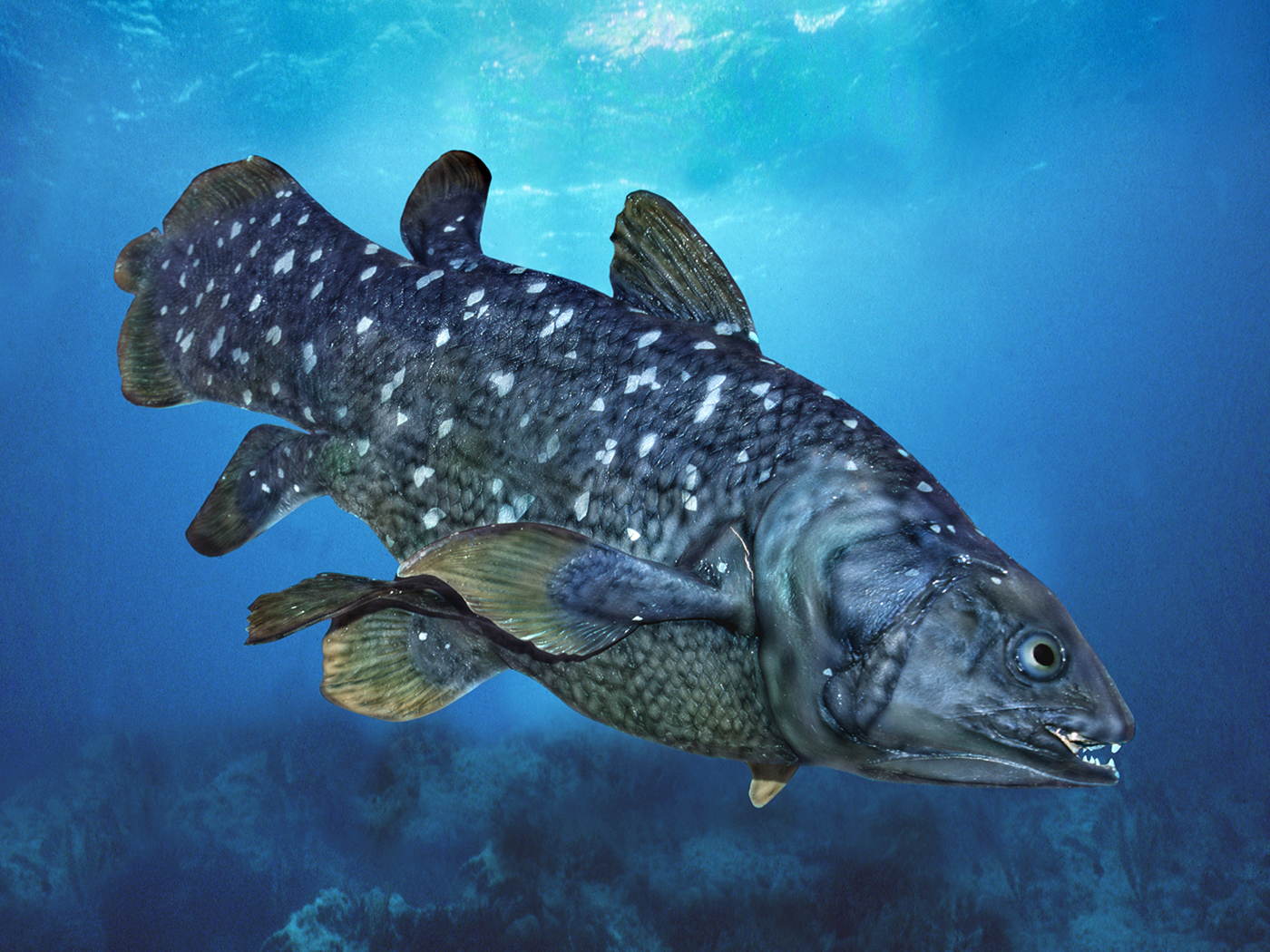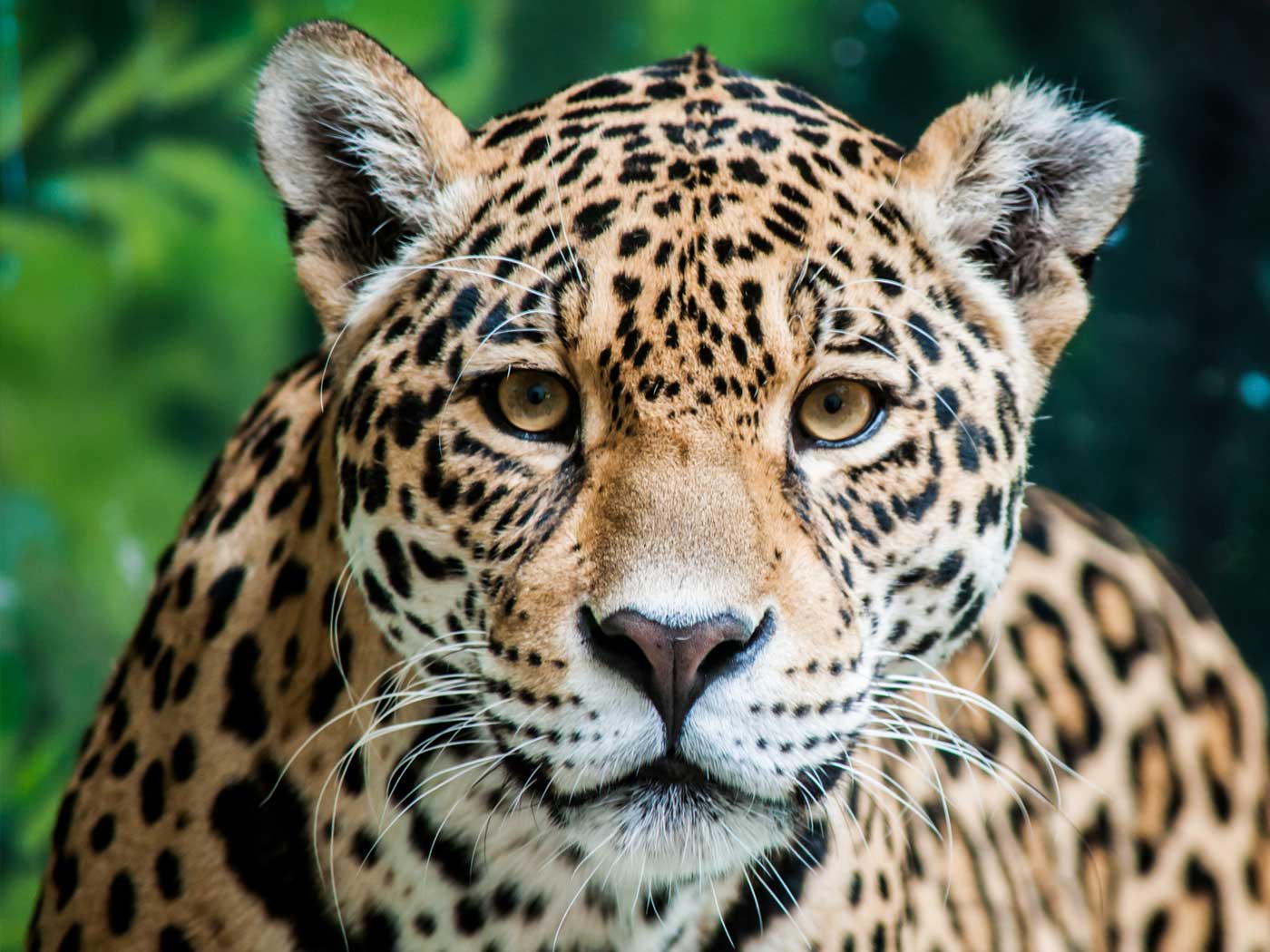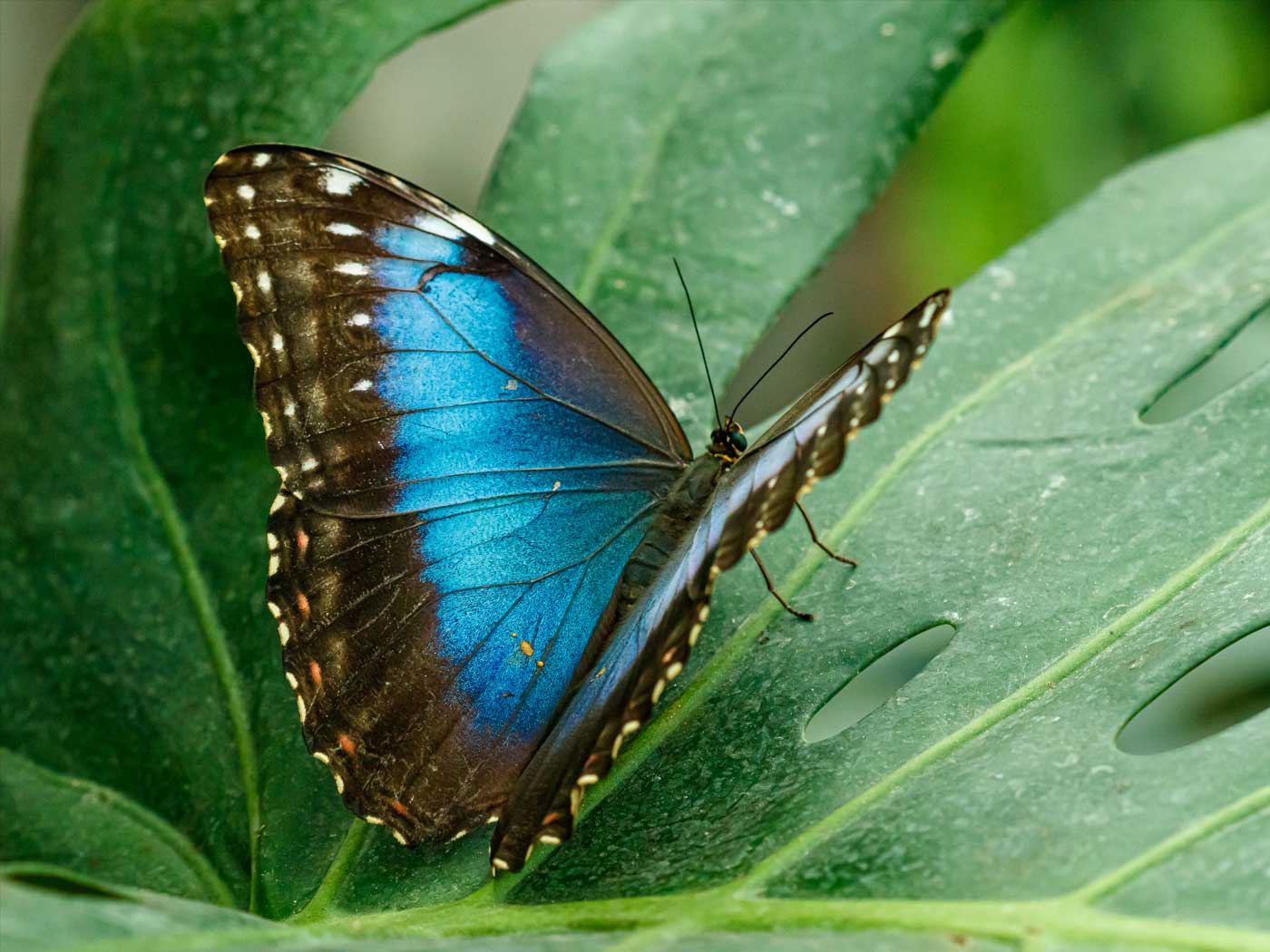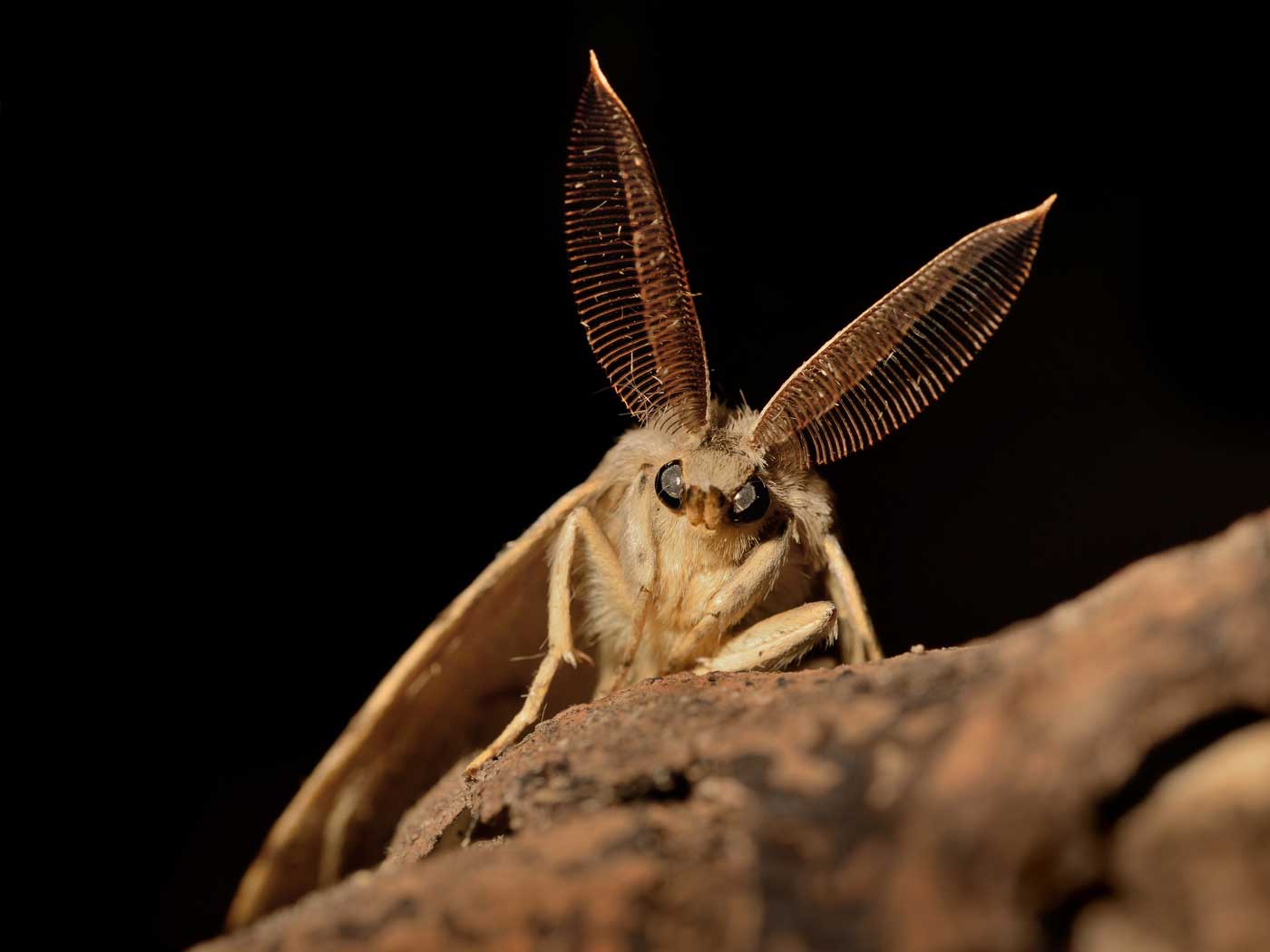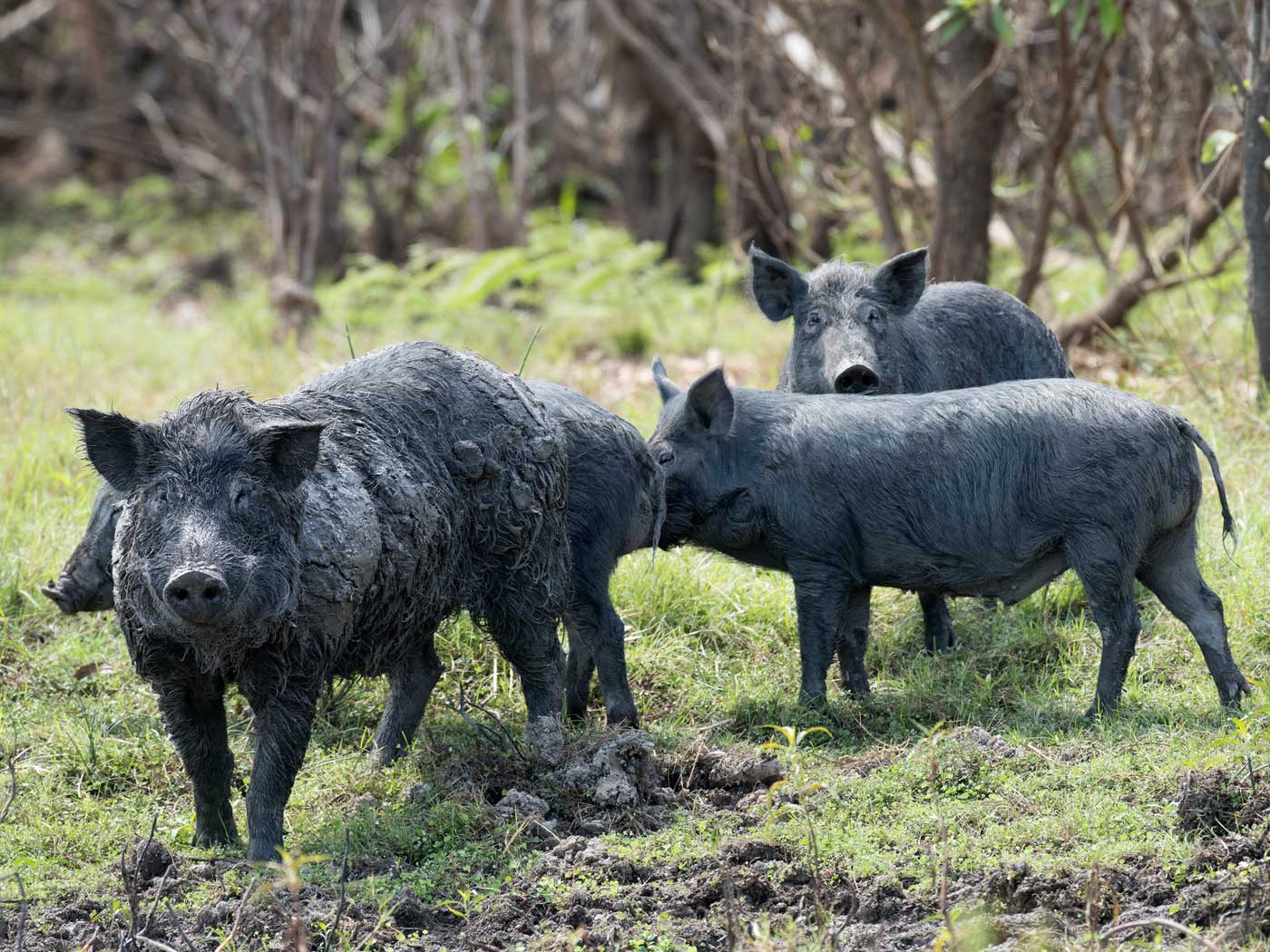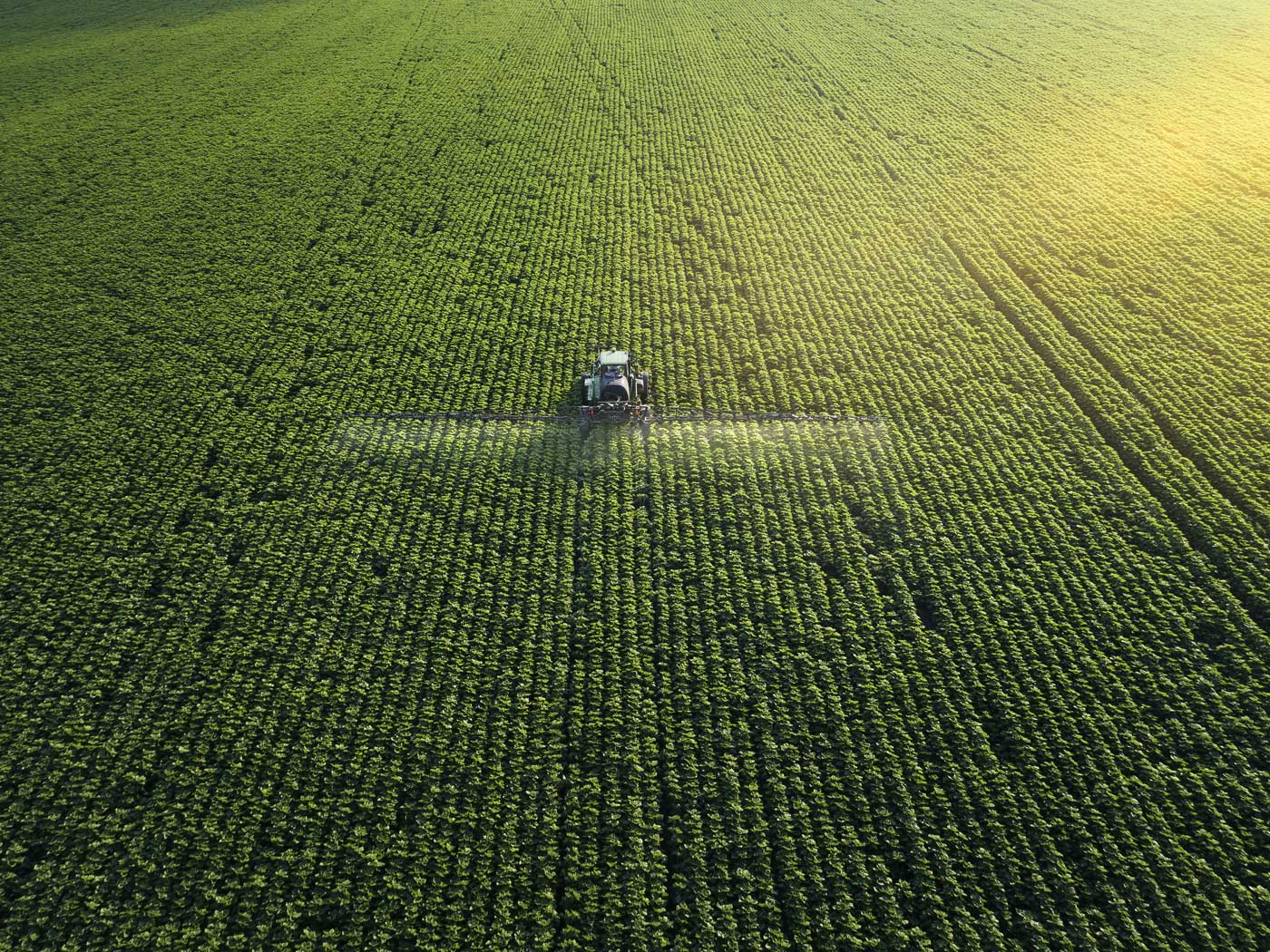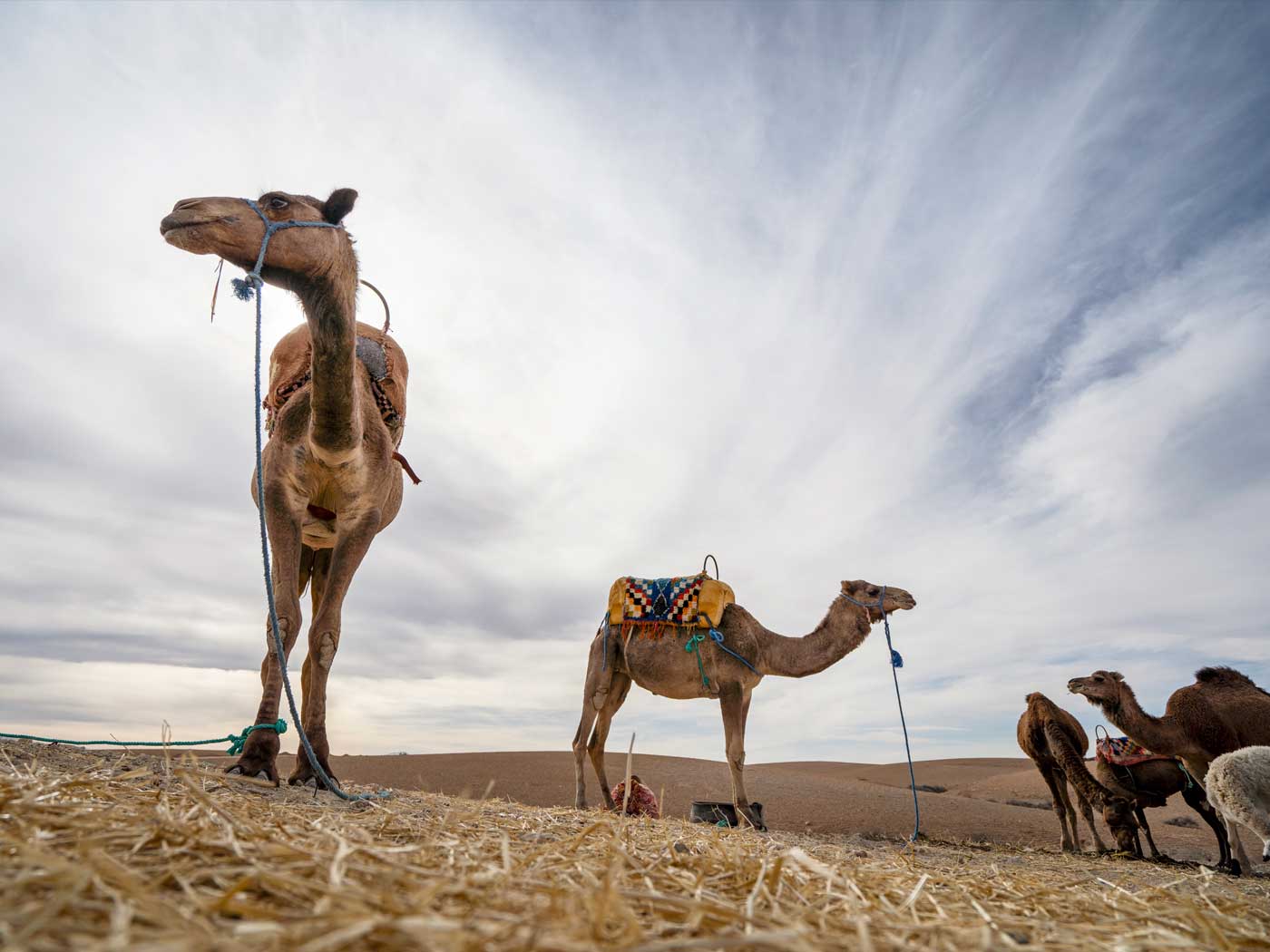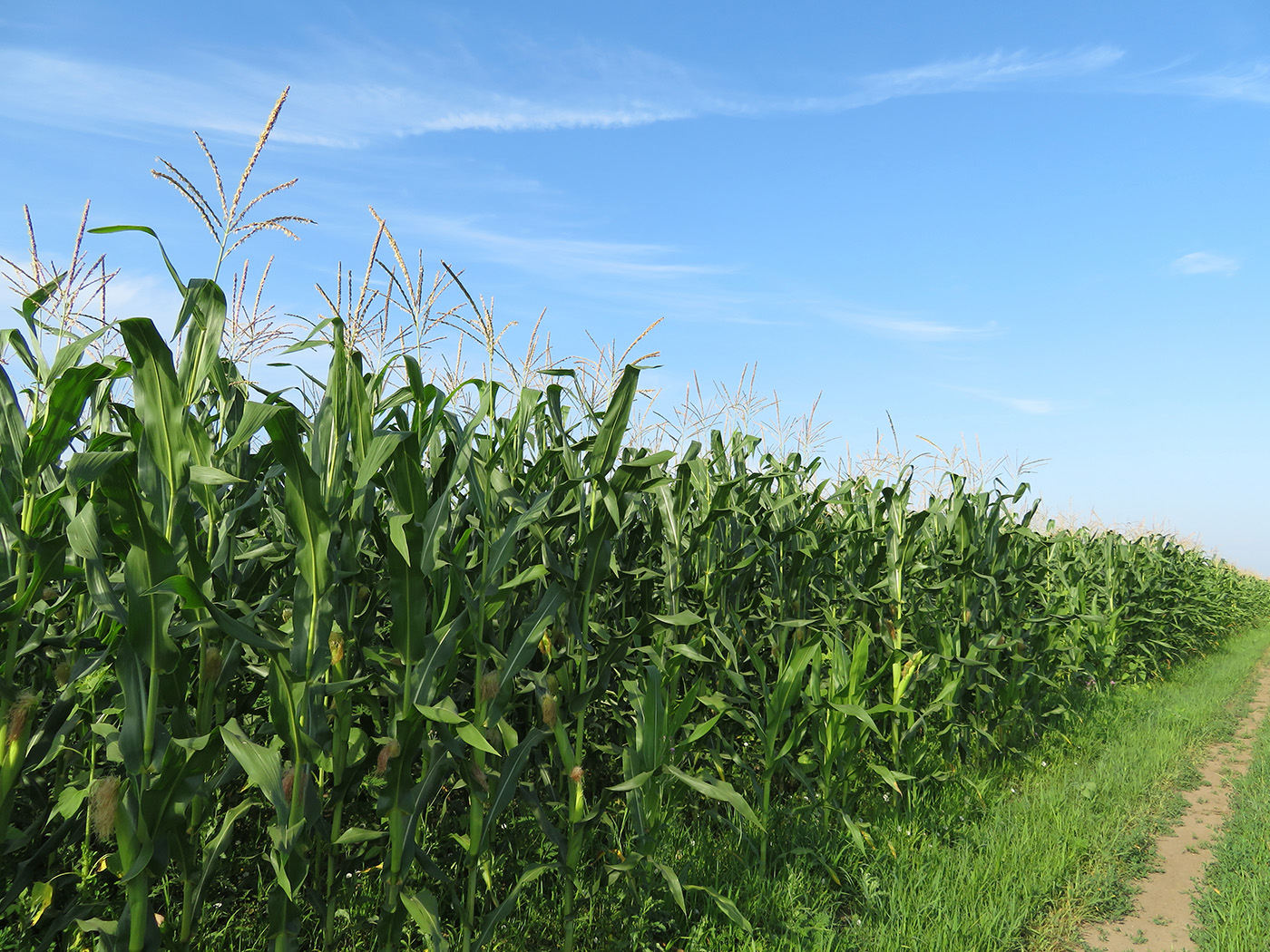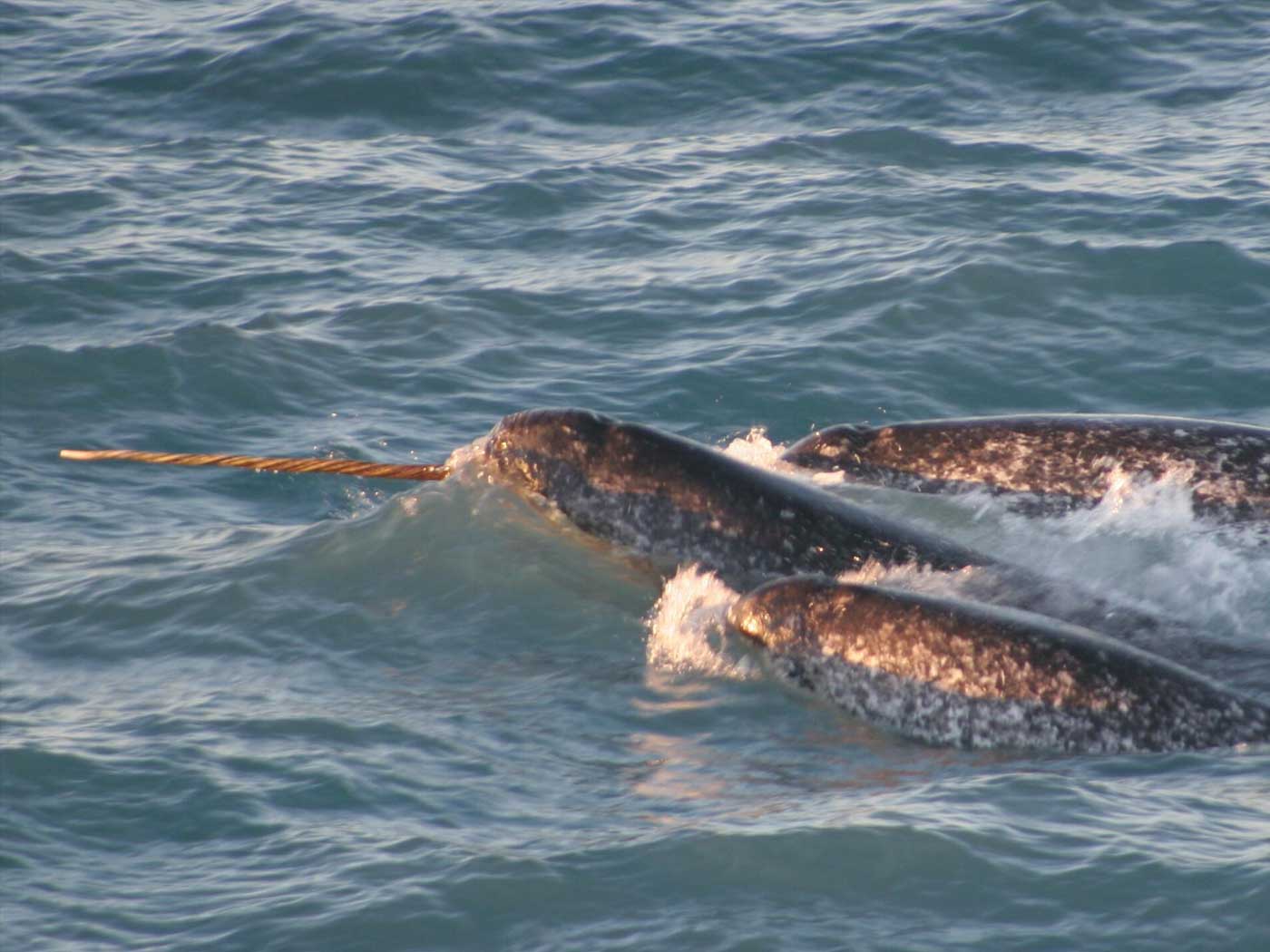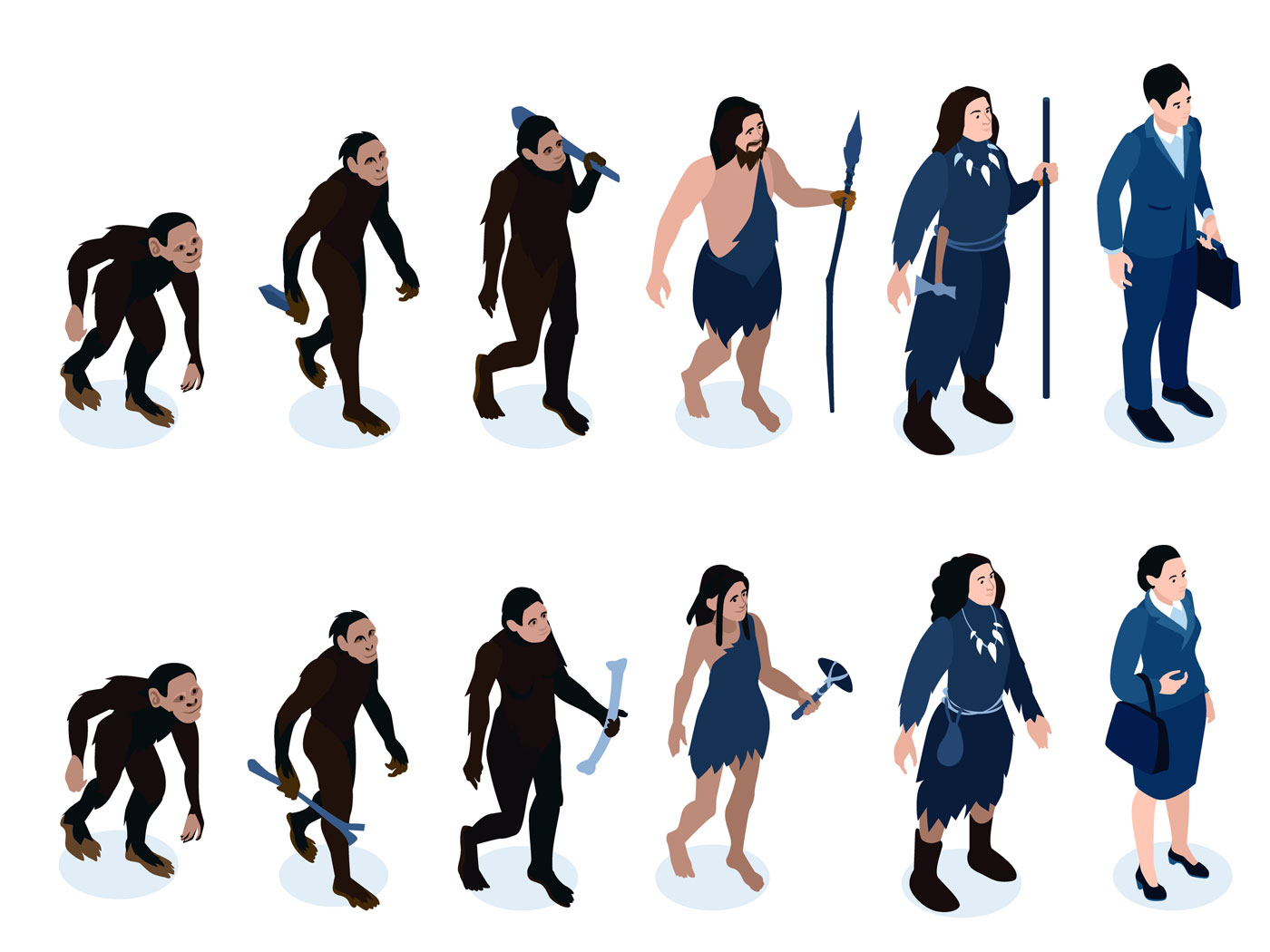Inside the sunflower’s generously seed-packed flower head are miniature florets that spiral concentrically, as the sunflower blooms, in a mathematical construction that progressively follows the Fibonacci sequence pattern. This produces a happy-looking, yellow flower that silently shouts God’s handiwork and artistry.2,4
A sunflower can produce 1,000–2,000 seeds. The seeds in the middle [of the flower head] are arranged in a Fibonacci sequence (1, 2, 3, 5, 8, 13, 21 …) where each number is the sum of the two that precede it. . . . The sunflower is a composite flower that consists of two [sets of] florets. The yellow petal-like ring is made up of sterile ray florets. The brown center, depending on the species, can consist of thousands of brown seed-producing disc florets. Each produces one seed that is pollinated by insects [such as butterflies] or the wind. Should these fail, the flower will self-pollinate by twisting its stigma to reach its own pollen.1
Besides reproductive success (as an annual flower), sunflowers needs adequate rain, acceptably fertile soil, and lots of sunlight—and August is typically one of the sunniest months in the year.2,3,5 And it’s no surprise that August is this flower’s friend: “All of that Vitamin D from the sun does a plant good. The tallest sunflower on record was 30 feet, 1 inch [tall]. Even non-champions can grow 8–12 feet [tall] in as few as six months.”1
In fact, the sunflowers move during the daytime, in order to track the sun—that’s because God designed and bioengineered their physiologies for such continuous environmental, so that they can photosynthetically maximize the sunlight’s benefits.6
Young sunflower blossoms face east in the morning, then follow the sun as the Earth rotates throughout the day. This behavior, called heliotropism, even takes place on cloudy days and will continue until the stem stiffens to bear the heavy load of growing seeds. Mature flower heads often face east, and these plants can attract five times as many pollinators as westward-facing ones because they warm up more quickly.1
Of course, pollinating insects—such as butterflies—appreciate sunlight-warmed flower blossoms because these insects are ectothermic (cold-blooded), meaning they depend upon their immediate environment for necessary heat, not being about to internally generate sufficient heat for bodily “climate control” needs.7 Thus, ectothermic pollinators are more “energized” when warmed and can function more actively and alertly, so sunflowers provide the warm hospitality that benefits such pollinators.
Obviously, sunflowers—and their visiting pollinators—are quite busy in August. This seasonally interactive drama (called providential phenology) is yet another illustration of how purposeful and productive creation was programmed to be, by God, illustrating His promise of predictable seasons of “seedtime and harvest” (Genesis 8:22).
References
1. Gaskell, K. Sunflowers Smarts. Bay Journal. Posted on Bayjournal.com July 23, 2020.
2. The most common example of sunflower is Helianthus annuus, known as the “common sunflower.” It is often seen along borders of cornfields and other croplands (planted to attract birds so they will leave growing crops alone!), in highway median grasses, on the edges of vegetable gardens, and in any other vegetated area where they can annually arrive, germinate, grow tall, and bloom. See Johnson, J. J. S. Pollinators Working Hard as July Wraps Up. Creation Science Update. Posted on ICR.org July 30, 2020.
3. Sunflowers are still being pollinated by birds and butterflies at the end of July; August is a month during which sunflowers are continually blooming (blossoming), providing hosts of seeds—some of which are eaten (e.g., by blue jays) and some of which become the next generation of sunflowers. The phenological factors in life cycles of both pollinators and pollinated plants provide proofs that God providentially orchestrates pollination’s overall process and its many component details. See Johnson, J. J. S. Hungry Bumblebees Hurry Pollen Production. Creation Science Update. Posted on ICR.org May 30, 2020. See also Genesis 1:11-12; Matthew 6:28-30; Luke 12:27-28.
4. Fibonacci, an Italian mathematician of the 1200s (A.D.), is better known to history as Leonard of Pisa. Fibonacci sequences are those numerical sequences following this pattern: 0, 1, 1 (the sum of 0 + 1), 2 (the sum of 1 + 1), 3 (the sum of 1 + 2), 5 (the sum of 2 + 3), 8 (the sum of 3 + 5), 13 (the sum of 5 + 8), 21 (the sum of 8 + 13), and so on. See Wilson, F. 2002. Shapes, Numbers, Patterns, and the Divine Proportion in God’s Creation. Acts & Facts. 31(12). See also “Golden Ratio” That’s a Fact (video).
5. By rotating crops, such as staggering soybeans and sunflowers (as is done in Brazil’s savanna, where sunflower seeding follows the soybean harvest), agricultural operations better fit nitrogen cycle dynamics than do monoculture agriculture practices. In particular, sunflowers generally absorb nitrogen better with fertilizers featuring ammonium nitrate (NH4NO3) than with fertilizers featuring urea (CO(NH2)2, an amide composed of two amino radicals (.NH2) attached to a carbonyl functional group, except urea-based fertilizers perform better in cooler climates. See Marília I. S. Folegatti Matsuura et al., “Life-cycle assessment of the soybean-sunflower production system in the Brazilian Cerrado,” The International Journal of Life Cycle Assessment 22, no. 4 (2017): 492–501.
6. God’s bioengineering, exhibited in sunflower photosynthesis operations, is both careful and caring, providentially producing success for sunflowers and simultaneously providing food for sunflower-seed-eating humans and animals. “One of the primary engineering design challenges for such a system is that light occurs in a broad spectrum of wavelengths and must interact with rapidly fluctuating molecular structures in the plant cell along with highly intricate energy transfer pathways. This produces a delicate interplay of physics-based quantum effects with many complex design hurdles. In other words, sunlight would be considered an exceptionally noisy energy input that must be accurately and precisely filtered or system failure would be inevitable.” Quoting Tomkins, J. P. Design Principles Confer Optimal Light Harvesting in Plants. Creation Science Update. Posted on ICR.org July 13, 2020.
7. “Ectothermic (cold-blooded) means that an animal needs an external source of heat, like sunlight, to warm its body, like snakes and lizards do.” Quoting Clarey, T. 2015. Dinosaurs Designed Cold-Blooded. Acts & Facts. 45 (1).
*Dr. Johnson is Associate Professor of Apologetics and Chief Academic Officer at the Institute for Creation Research.




